Ham Radio - Trial, No Signup Required
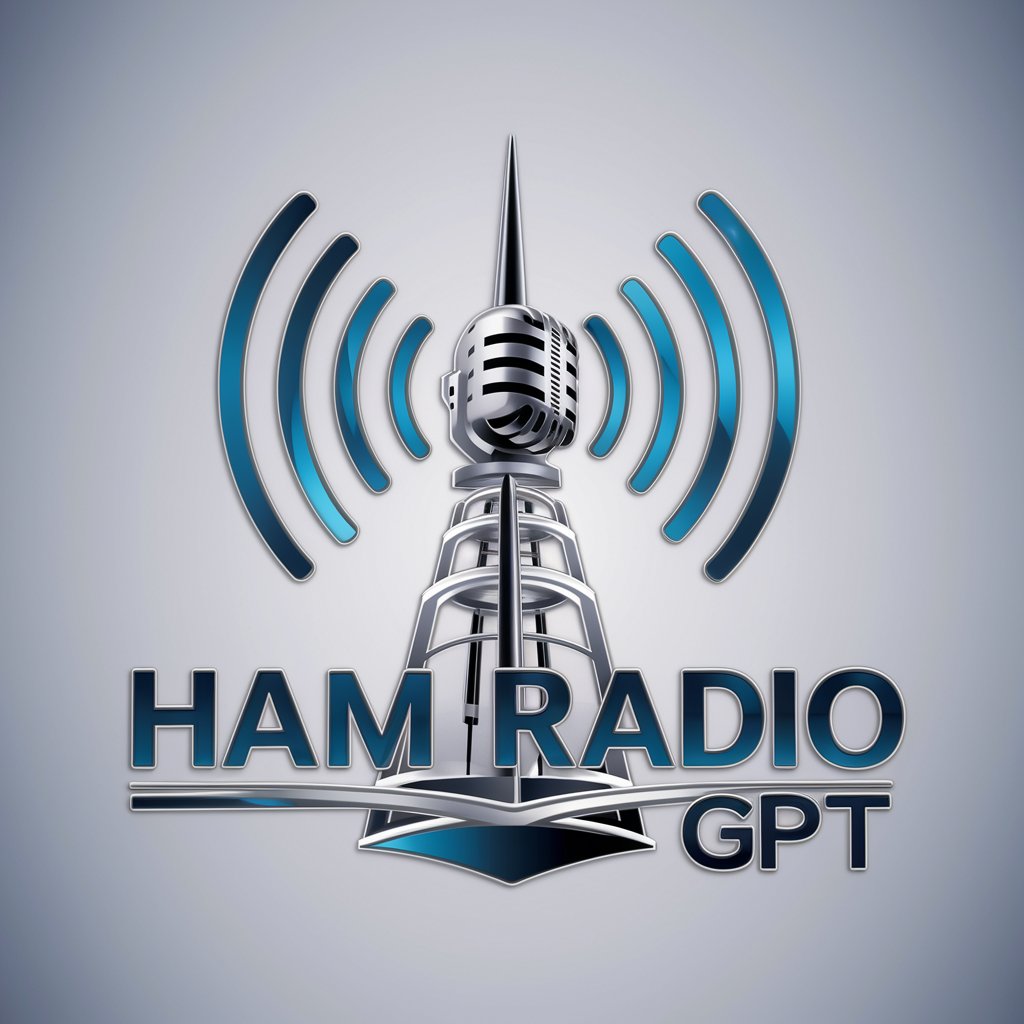
Welcome to Ham Radio GPT, your AI amateur radio expert!
Connect globally, experiment, and serve with Ham Radio.
Explain how to set up a Yaesu FTM 6000R for the first time.
What are the best frequencies for simplex communication in Utah?
How do I program repeaters into a Yaesu FT-60R?
Can you provide tips for improving my ham radio signal strength?
Get Embed Code
Introduction to Ham Radio
Ham Radio, or Amateur Radio, is a hobby that involves the use of radio frequency spectrum for purposes of non-commercial exchange of messages, wireless experimentation, self-training, private recreation, radiosport, contesting, and emergency communication. The term 'Ham' as applied to 1908, was a pejorative slang term for amateur radio operators, and was later adopted by amateur radio operators themselves. Ham Radio encompasses a vast array of activities, ranging from communicating with fellow hobbyists across the globe using different modes of transmission, to participating in competitions (contests) to test one's skills and the capabilities of their radio setups. It's a hobby that combines the joy of meeting new people, exploring the capabilities of radio technology, and the satisfaction of technical achievement. Examples include making contact with someone in a distant country using a radio powered by solar energy, or bouncing signals off the moon to communicate with another operator on Earth. Powered by ChatGPT-4o。

Main Functions of Ham Radio
Communication
Example
Ham Radio operators often engage in casual conversations (ragchews) with other operators around the world, discussing various topics of interest. This can be achieved through voice, Morse code, or digital modes.
Scenario
During a weekend, an operator in the United States might use their equipment to have a conversation with another operator in Australia, discussing topics from weather conditions to technical aspects of their radio gear.
Emergency Communications
Example
In times of disaster, when conventional communication infrastructure is down, Ham Radio operators can provide crucial communication links for emergency responders and communities.
Scenario
After a major hurricane knocks out power and internet in a coastal town, local Ham Radio operators set up a communication network to relay messages between emergency services and residents in need of assistance.
Experimentation and Technical Exploration
Example
Operators experiment with various aspects of radio technology, including building their own radios, antennas, and experimenting with digital communication modes.
Scenario
An operator decides to build a homemade antenna based on a new design they've researched. After completing the build, they test its performance by making contacts with other Ham Radio operators at different distances and comparing the results to their previous antenna.
Competitions (Contesting)
Example
Operators participate in contests to make as many contacts as possible within a specific time frame or to receive signals from as many countries or regions as they can.
Scenario
During the annual 'DX Contest', operators from around the globe compete over a weekend to see who can make contact with the most countries. Operators use various strategies and equipment setups to reach distant locations.
Education
Example
Ham Radio serves as a practical education tool for learning about electronics, communication principles, and radio technology.
Scenario
A local amateur radio club organizes a workshop for high school students, where they learn about the basics of radio communication, the electromagnetic spectrum, and get to operate a Ham Radio station under supervision.
Ideal Users of Ham Radio Services
Technology Enthusiasts
Individuals with a keen interest in electronics, radios, and communication technology find Ham Radio a rewarding hobby that allows them to explore various technical aspects, build their own equipment, and experiment with new communication modes.
Emergency and Public Service Volunteers
Those interested in volunteering for emergency communication services value Ham Radio as a means to provide critical communication support during disasters, public events, and situations where conventional communication systems fail.
Global Communicators
People interested in making connections with others around the world appreciate the ability of Ham Radio to bridge vast distances without the need for the internet or a mobile network, exploring new cultures and making new friends.
Educators and Students
Teachers and students interested in practical applications of science, technology, engineering, and math (STEM) find Ham Radio a valuable educational tool, offering hands-on experience with radio theory, electronics, and communication principles.
Competitive Hobbyists
Individuals who enjoy competition and challenges are drawn to the competitive aspects of Ham Radio, such as contesting and awards chasing, where they can test their skills and equipment against those of others.

Using Ham Radio: A Concise Guide
Explore Free Trial at Yeschat
Begin by visiting yeschat.ai for a no-login, free trial experience, providing a gateway to Ham Radio without the need for ChatGPT Plus.
Acquire a License
Obtain an amateur radio license by studying for and passing the FCC examination. Utilize resources like the ARRL's website and local amateur radio clubs for study materials and exam schedules.
Choose Equipment
Select appropriate radio equipment based on your license class and interests within Ham Radio, such as handheld transceivers for VHF/UHF or HF rigs for long-distance communications.
Join a Community
Connect with local Ham Radio clubs or online communities to learn from experienced operators, participate in events, and discover the diverse activities available in amateur radio.
Engage in Communication
Start communicating by tuning into local repeaters, joining nets, or calling CQ on designated frequencies. Practice proper operating procedures and etiquette to enhance your experience and contribute positively to the community.
Try other advanced and practical GPTs
Radio Mentor
Master Ham Radio with AI
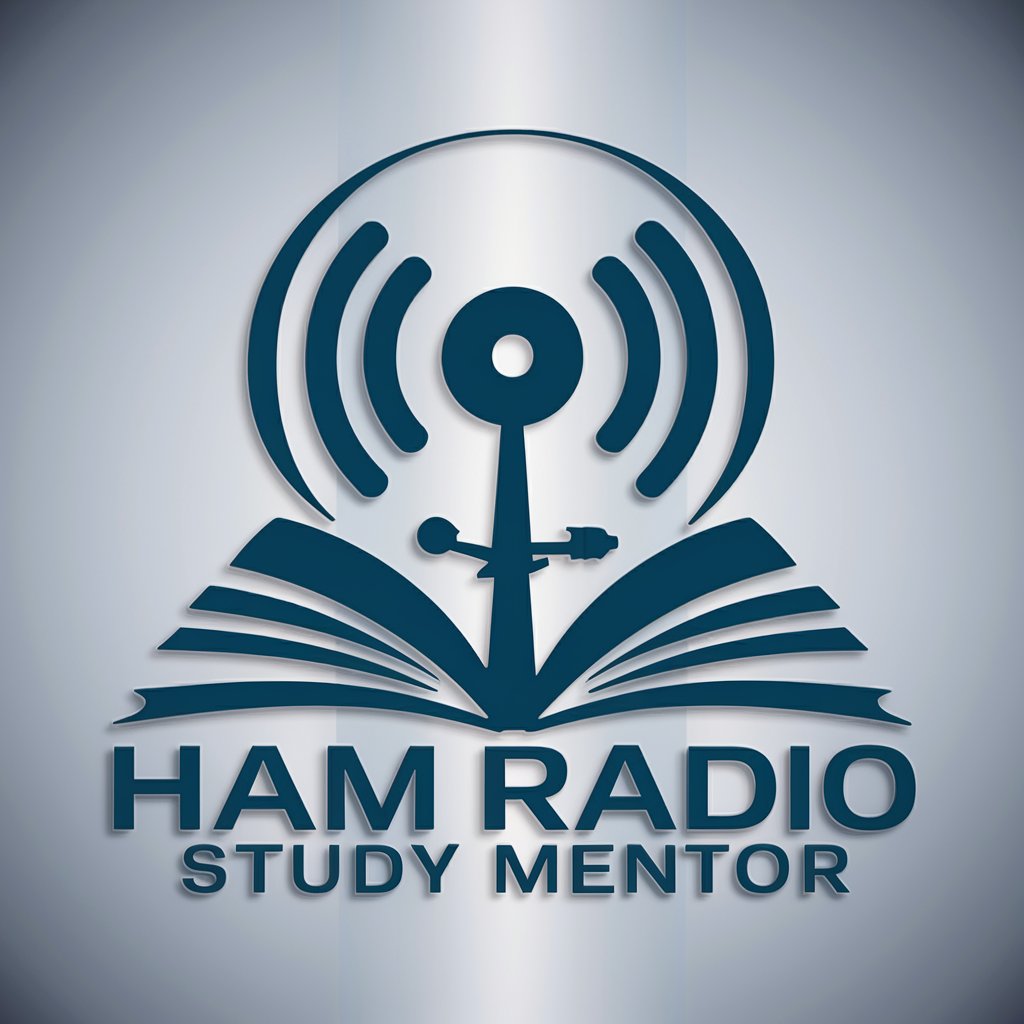
Radio Murakami
Explore Murakami's Universe with AI
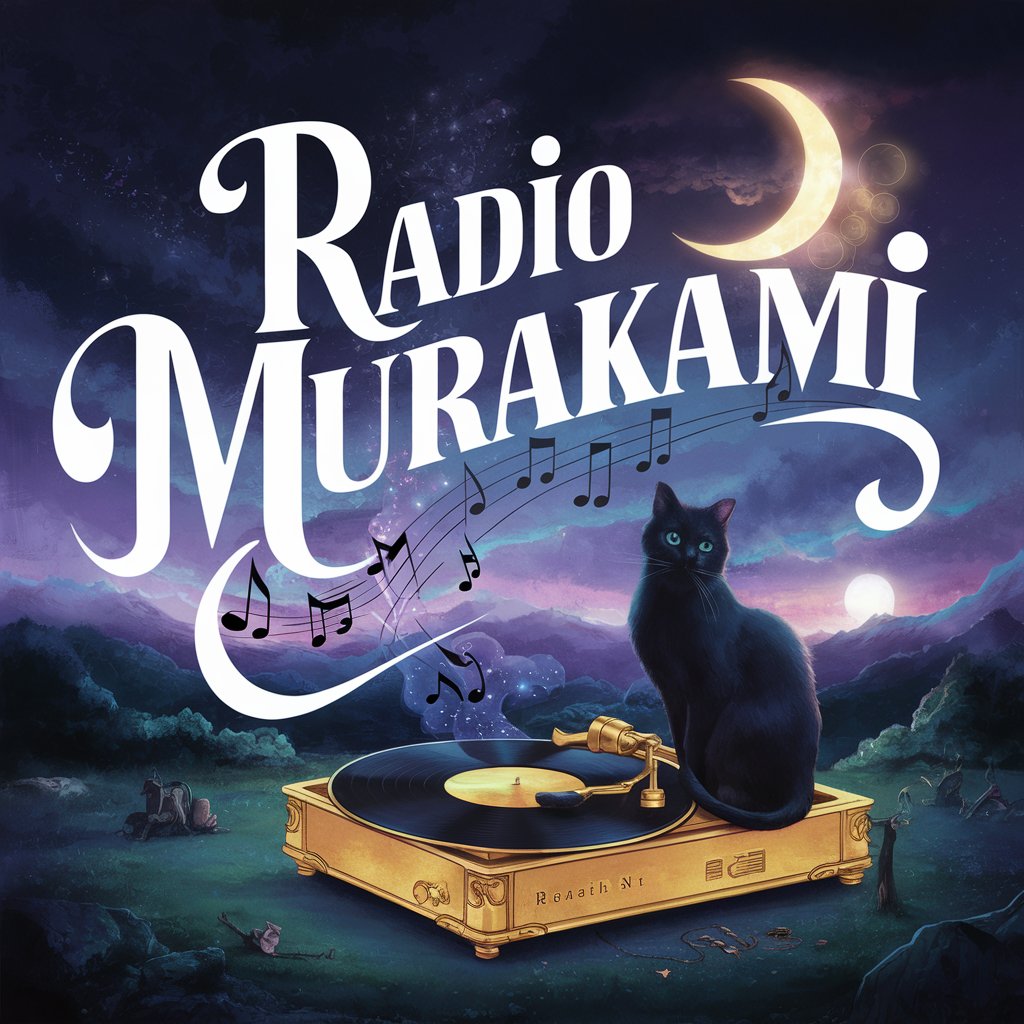
Radio Helper
Elevate Your Airwaves with AI
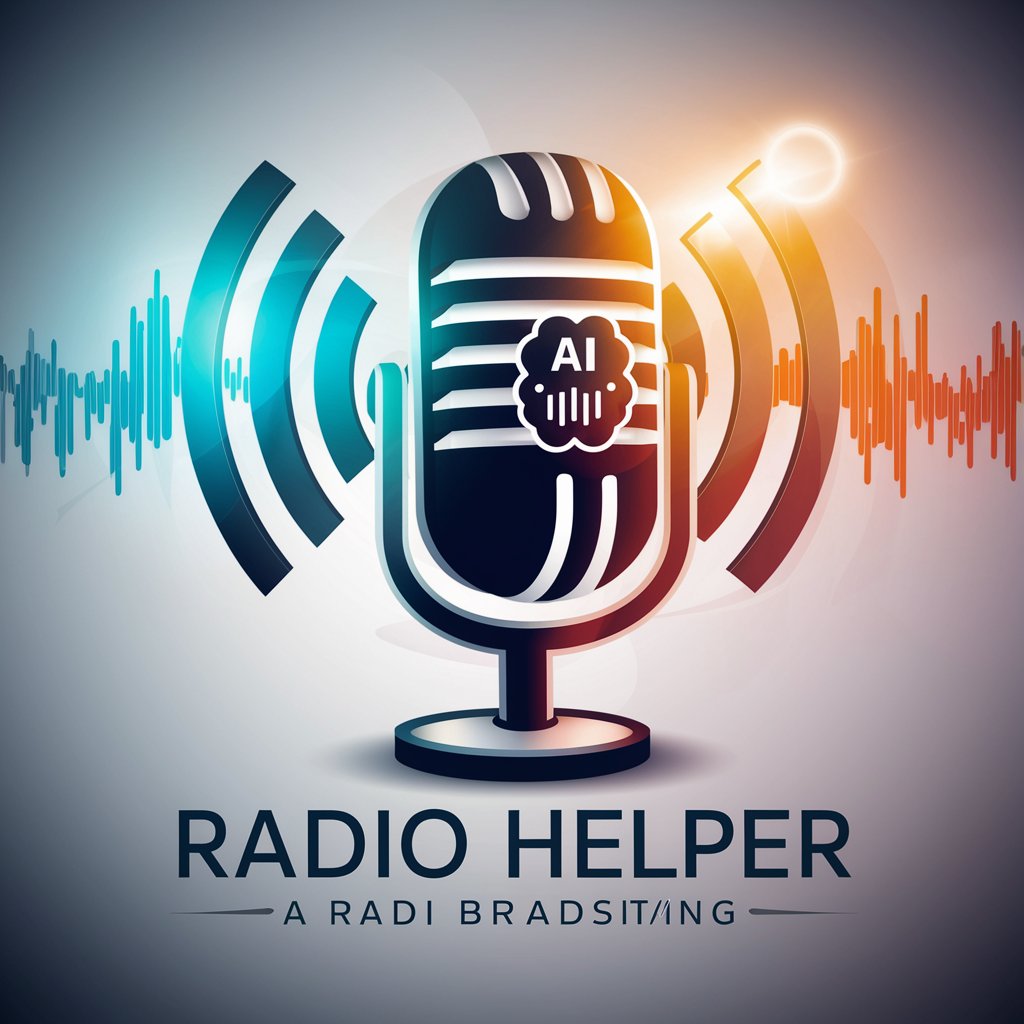
Radio Preacher
Explore Christian theology with AI

Radio Endo
Powering Radiology Education with AI
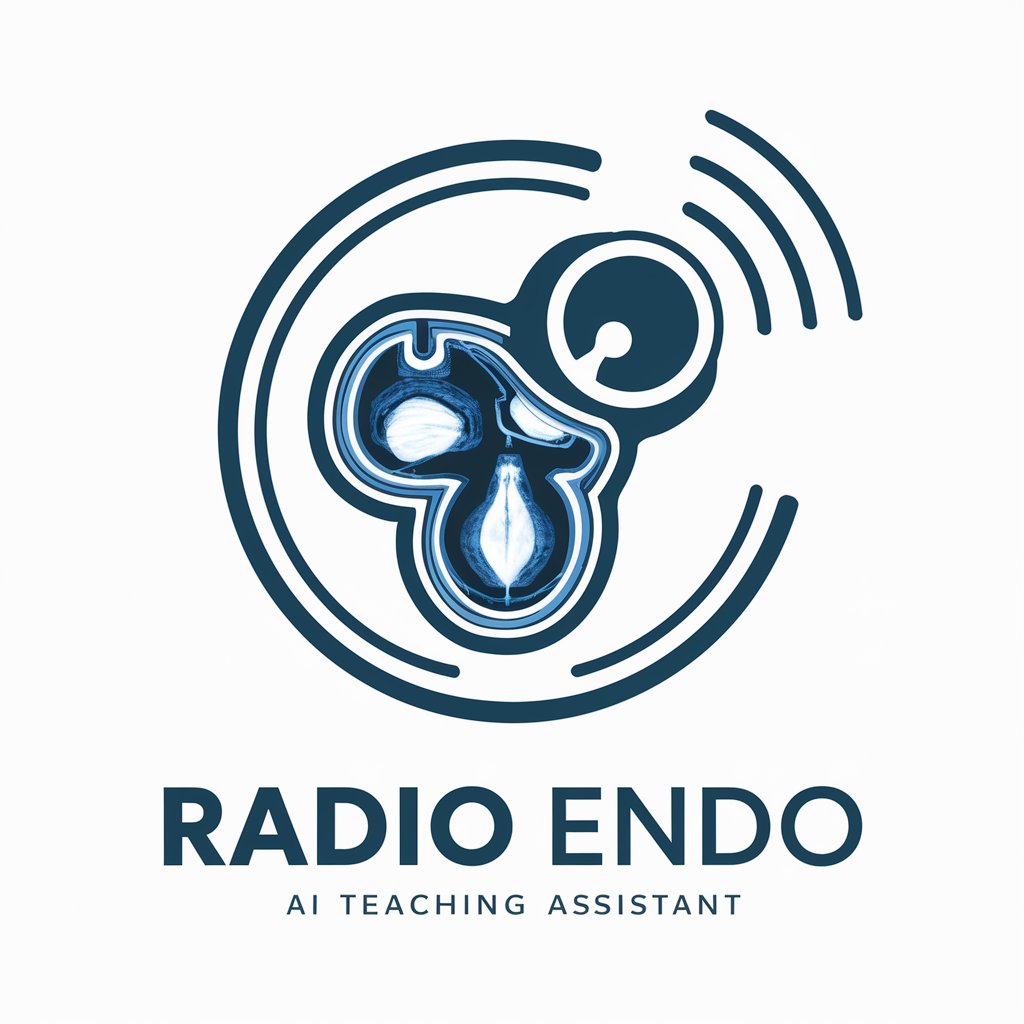
Radio Shack
Bringing Vintage Tech to Life
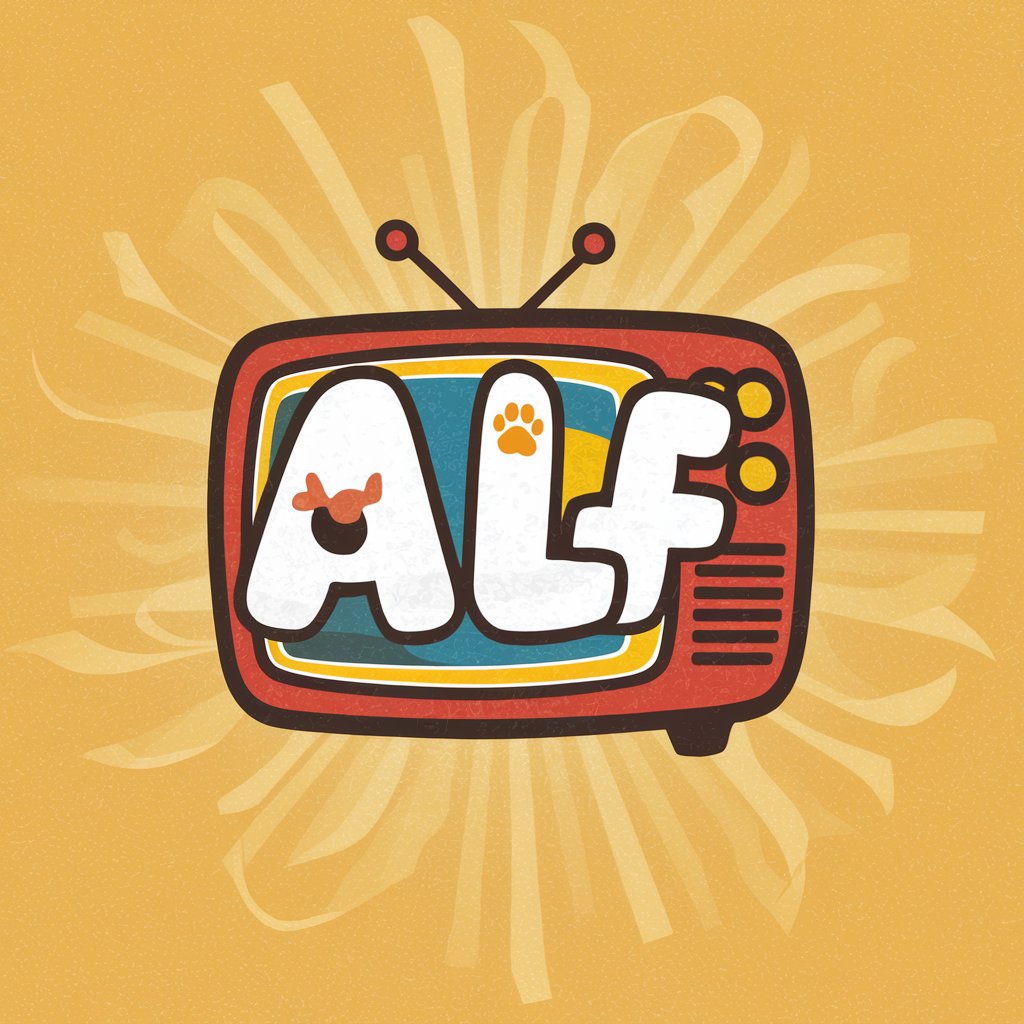
TuneHerb Radio
Energizing Music Events with AI Creativity

Radio Innovator
Empowering Walkie-Talkie Innovation with AI
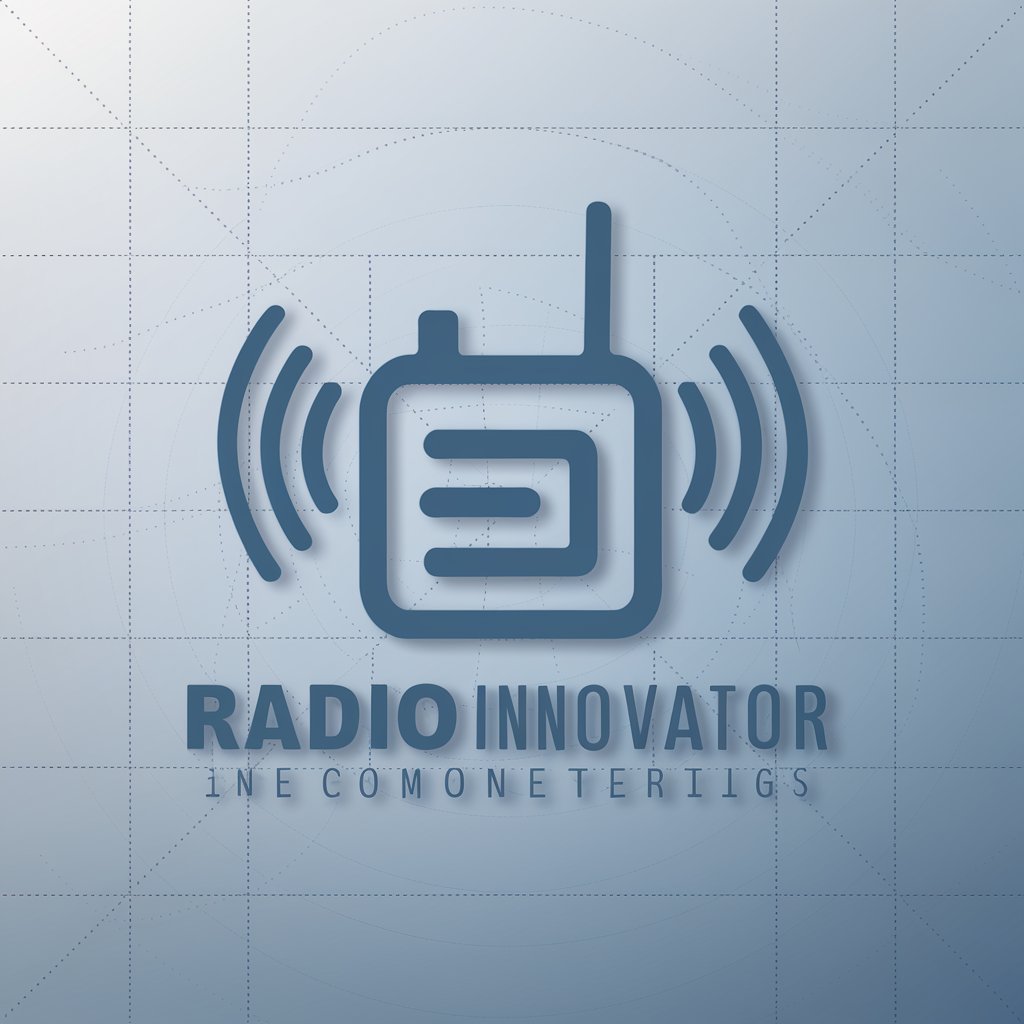
Cup O' Java
Master Java with AI-powered guidance

World Cup Analyst
Harness AI for strategic football insights

World Cup Wizard
Unleash Soccer History with AI

Soliloquy World Cup Referee
Elevate your soliloquy, powered by AI

Ham Radio Q&A
What is Ham Radio?
Ham Radio, or amateur radio, is a hobby and service where operators use various forms of radio communications equipment to communicate with other amateurs for public service, recreation, and self-training.
How can I start with Ham Radio?
To start, you need to obtain an amateur radio license from the FCC by passing an examination. Then, acquire a radio based on your interests, whether it's for local VHF/UHF communications or global HF conversations.
What are the benefits of joining a Ham Radio club?
Joining a Ham Radio club offers learning opportunities from experienced operators, access to club equipment, participation in radio contests, and a sense of community with fellow enthusiasts.
Can Ham Radio be used during emergencies?
Yes, Ham Radio plays a critical role in emergency communications when other systems fail. Amateurs provide essential communications support to local authorities, emergency services, and relief agencies.
What types of communication can I explore in Ham Radio?
Ham Radio offers a variety of communication modes, including voice, Morse code (CW), digital modes like FT8, and even amateur television (ATV). Each mode offers unique challenges and opportunities for experimentation.
